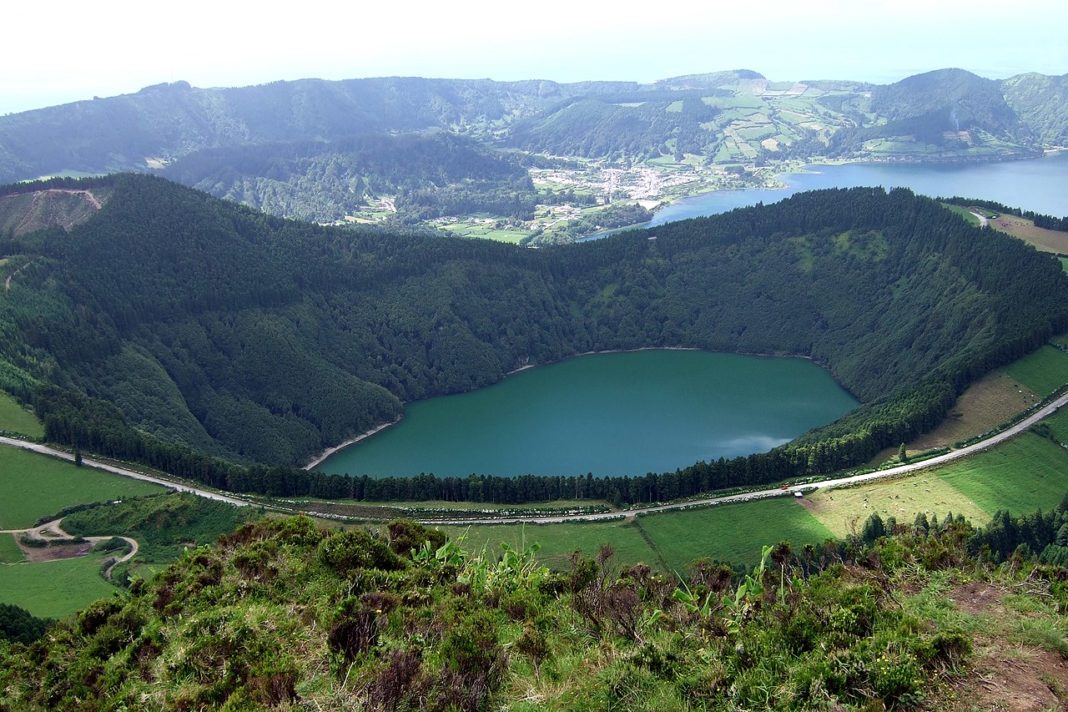The Azores (Portugal) is an archipelago of 9 small islands stretching in the North Atlantic Ocean, about 2,000 km southeast of Canada. Located on the intersection of three tectonic plates of North America, Eurasia – Asia, and the Atlantic Ocean, the islands here are formed from volcanic lava and reefs. This land annually attracts a lot of tourists to avoid the heat and enjoy the unspoiled beauty.
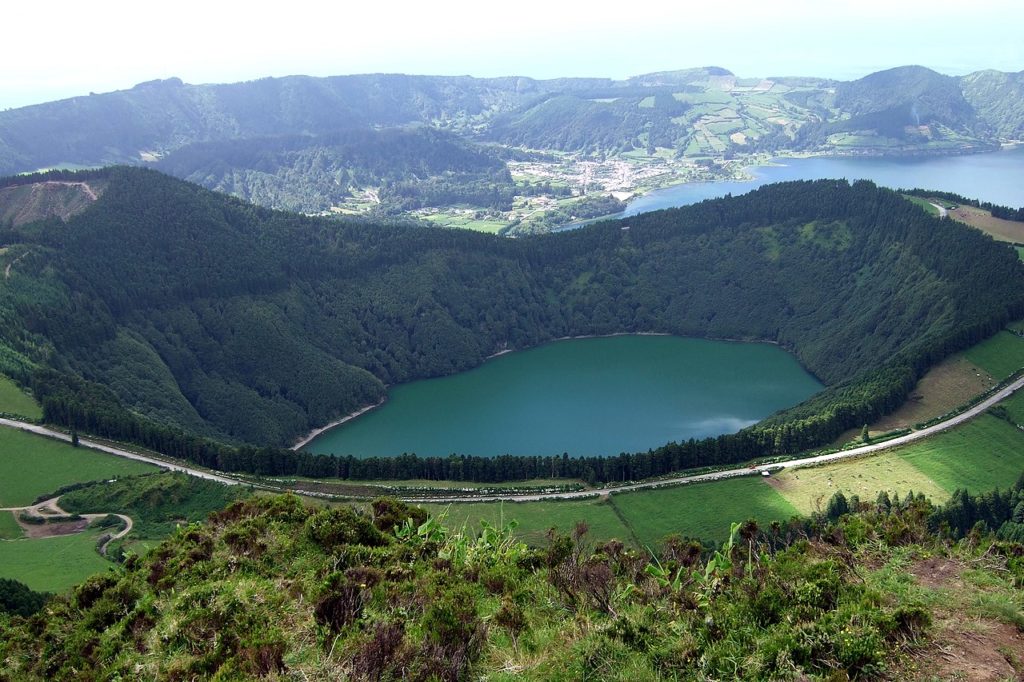
The nine islands in the Azores are all volcanic islands. Each island has a different beauty, notably the “big brother” Sao Miguel – the largest island nicknamed “Ilha Verde” (Green island) because of its volcanoes surrounded by forests and emerald green lakes. The landscape of the Azores is not barren or dusty. Instead, it was the verdant green of endless forests that extended across the surface.
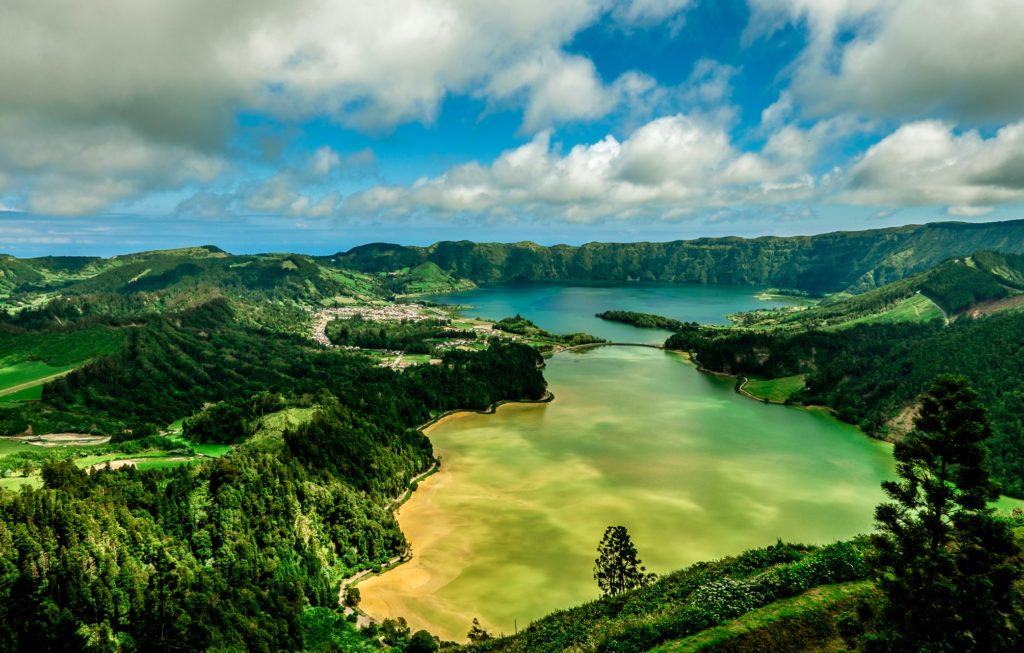
The amazing natural scenery is the two blue and green lakes located at the bottom of the Sete Cidades crater in the west of Sao Miguel island. These two lakes are located next to each other but have two different watercolors, separated by a small road. The locals explain that difference through the legend of the love between a princess with green eyes and a shepherd with blue eyes. They loved each other but could not be together, so when the two cried, their tears formed two pools of water that were next to each other forever.
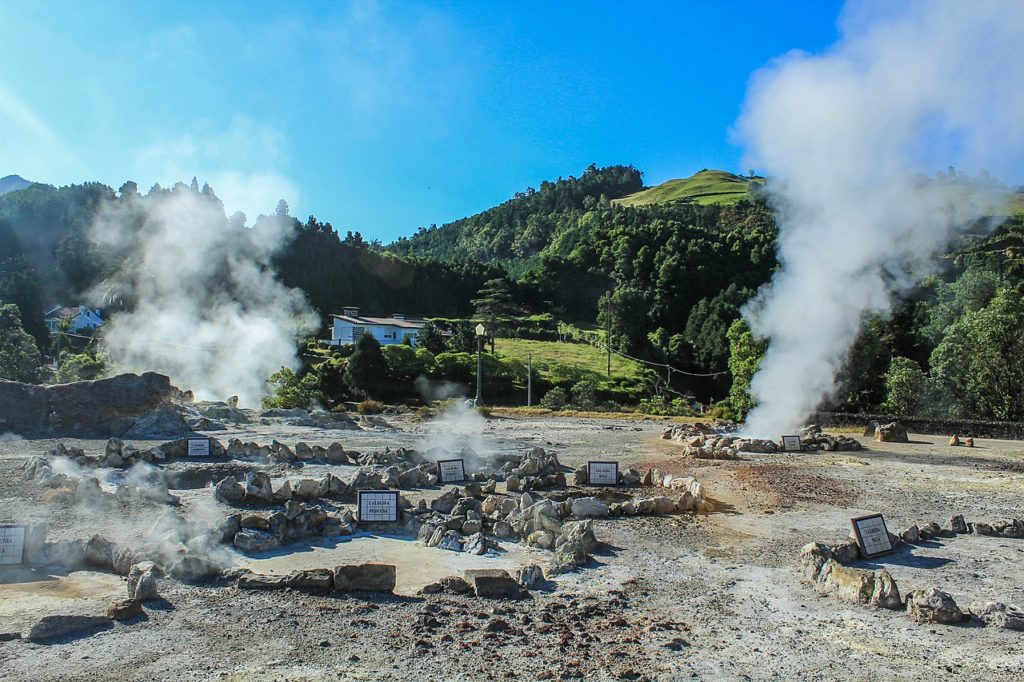
Furnas Valley is a crater that has been inactive since 1630. It is home to natural mud pools all year round, smoky in the midst of lush green forests. The mineral-rich water here has a temperature of 35-40 degrees Celsius.
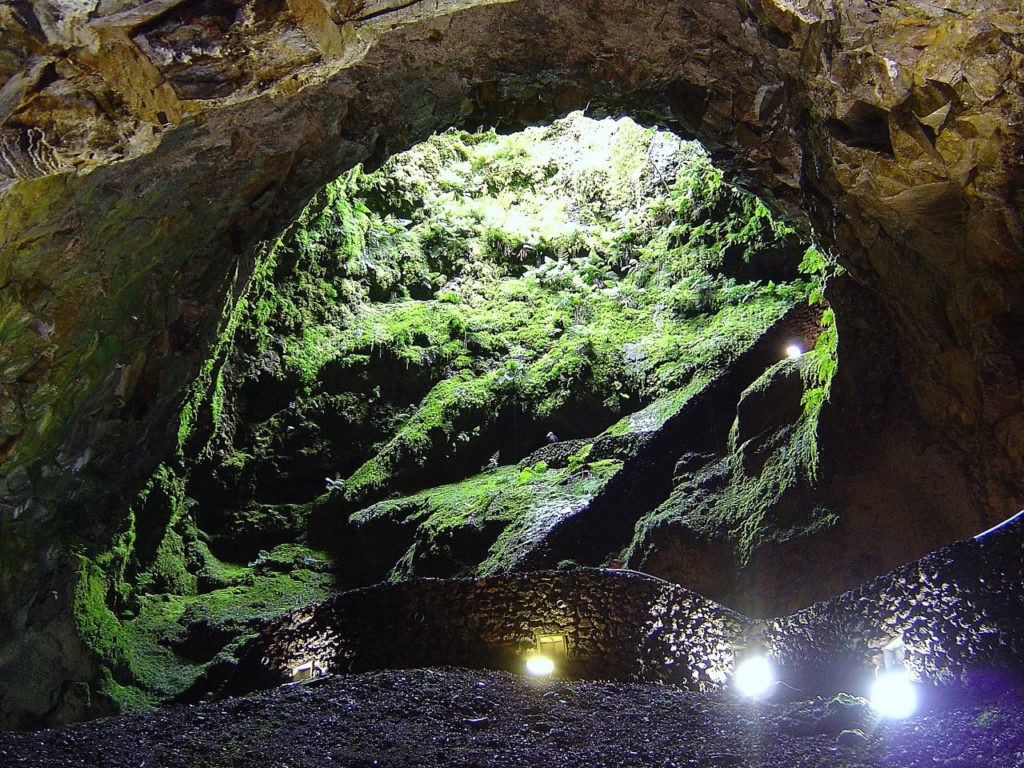
Another spectacular sight in the chain of volcanoes in the Azores archipelago is the 100m-long Algar do Carvão. Surrounded from the top of the cave mouth to the bottom is lush and rich vegetation. At the bottom of the cave, there is a beautiful emerald green mirror, which is an underground lake formed by rainwater flowing down from the mouth of the cave, with the highest water level rising to a depth of 15m.
According to the Internet





